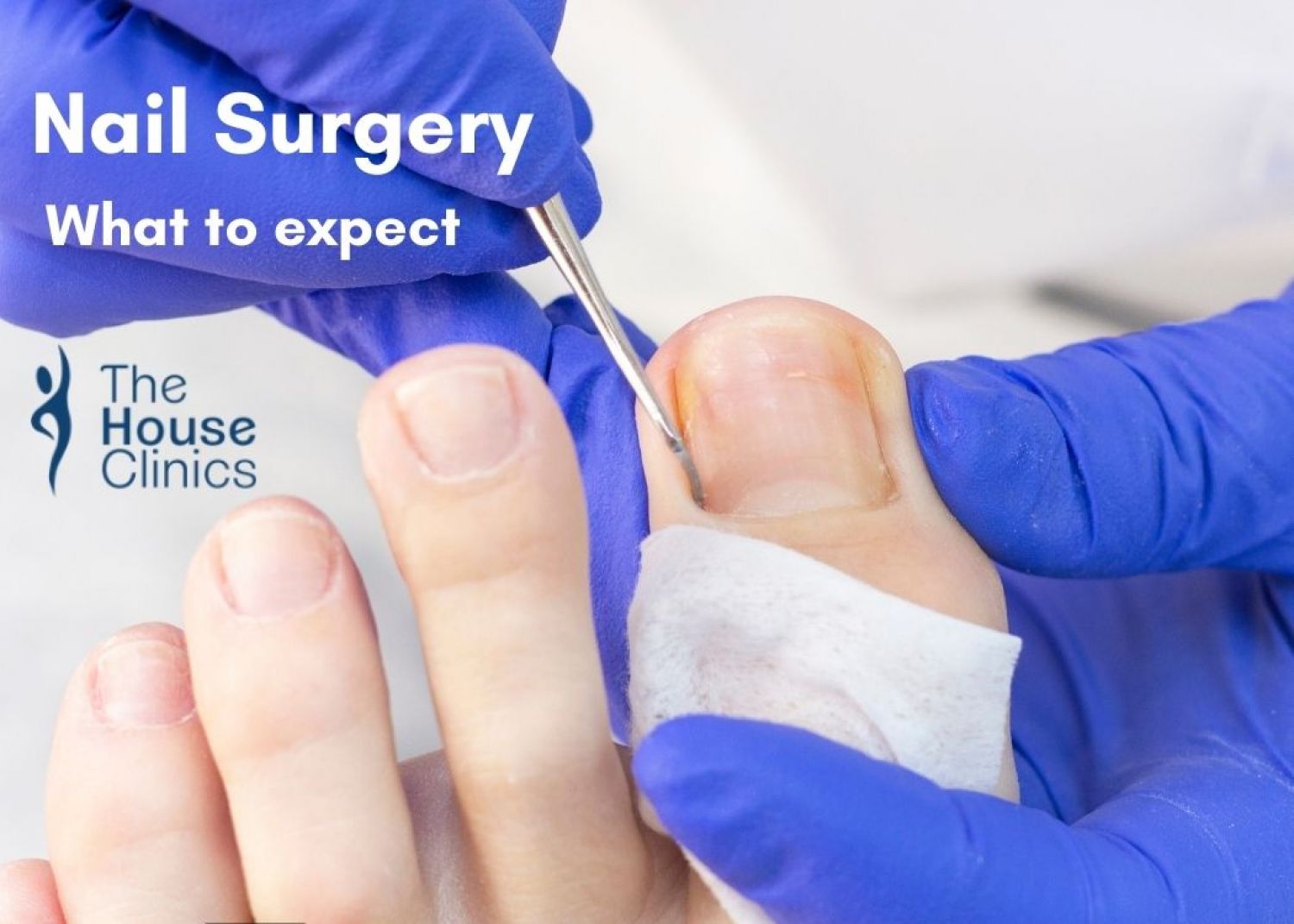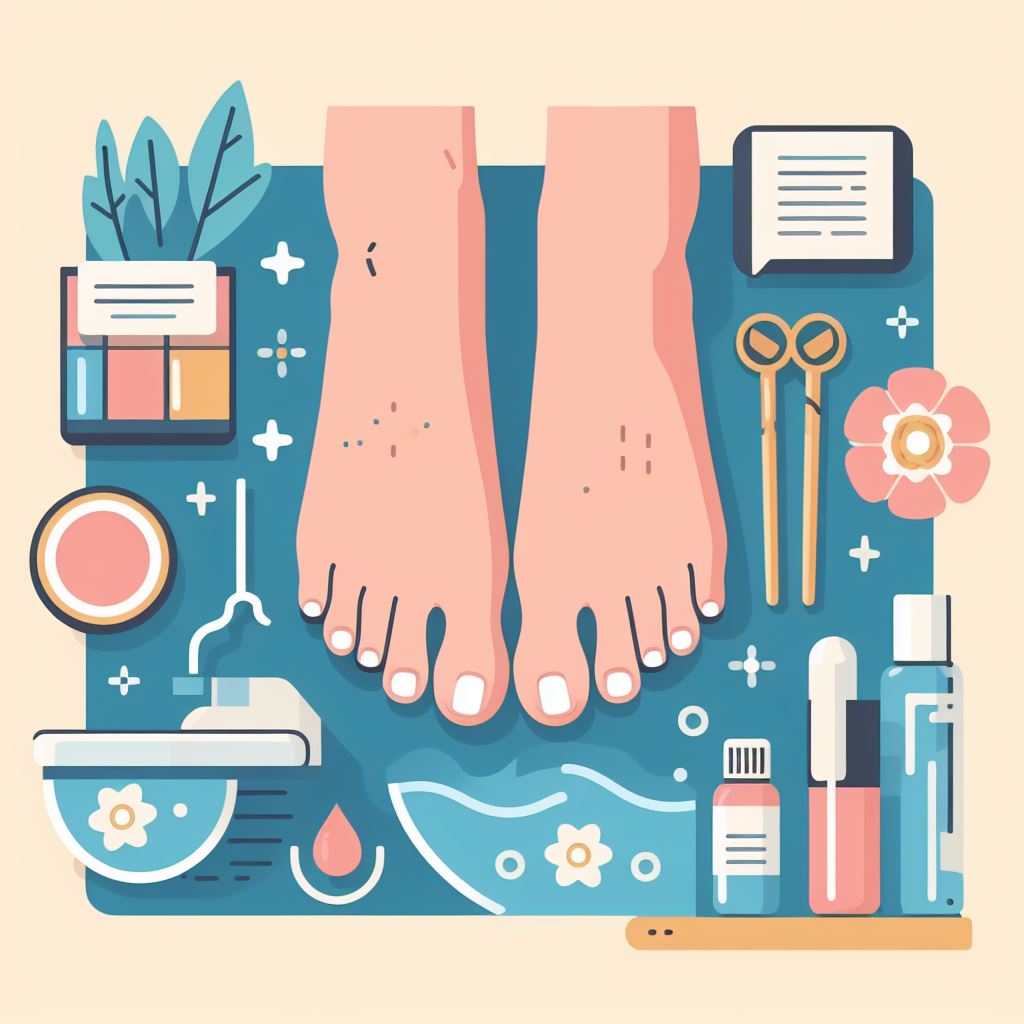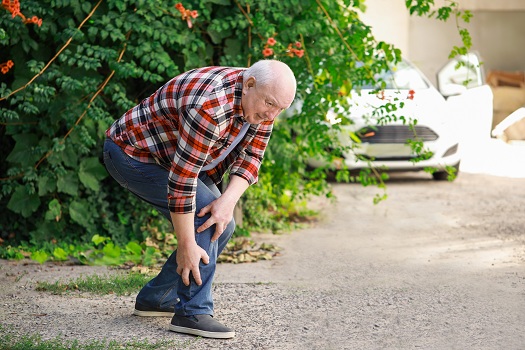To fix ingrown toenails, you can try these solutions: soaking your feet in warm water and Epsom salt, wearing comfortable shoes with wide toe boxes, and keeping your nails trimmed straight across. Ingrown toenails can be painful and uncomfortable, making it difficult to go about your daily activities.
Whether caused by improper nail trimming, wearing tight shoes, or genetics, dealing with an ingrown toenail can be frustrating. Fortunately, there are a few simple remedies that can help alleviate the pain and promote healing. This article will provide you with practical solutions to fix your ingrown toenails so that you can find relief and get back on your feet.
From soaking your feet in warm water to wearing proper footwear, we’ll cover all the necessary tips to help you fix ingrown toenails effectively.
Fixing Ingrown Toenails: The Ultimate Guide
Welcome to Fixing Ingrown Toenails: The Ultimate Guide. Dealing with ingrown toenails can be a painful and frustrating experience. Fortunately, this comprehensive guide will empower you with valuable information and effective remedies to alleviate your discomfort and promote healthy toenail growth. In this article, we will delve into the basics of ingrown toenails, including how to identify the initial symptoms, and the various factors that contribute to this common problem.
Understanding The Basics Of Ingrown Toenails
An ingrown toenail occurs when the edge or corner of your nail grows into the surrounding skin, resulting in pain, swelling, and sometimes infection. Understanding the underlying causes and following proper prevention techniques can help you avoid the recurrence of ingrown toenails in the future. Here are the key points to consider:
- Always trim your toenails straight across to prevent them from growing into the skin.
- Avoid cutting your toenails too short, as this can increase the likelihood of them becoming ingrown.
- Wearing tight-fitting shoes or socks can put pressure on your toenails, causing them to dig into the skin. Opt for well-fitting footwear to prevent this.
Identifying The Initial Symptoms
It’s important to recognize the early signs of an ingrown toenail so that you can take action promptly. Here are some symptoms to be aware of:
- Pain or tenderness along the edges of the toenail.
- Redness or swelling around the affected area.
- Difficulty wearing shoes or walking comfortably.
- The presence of pus or drainage, indicating an infection.
If you notice any of these symptoms, it’s crucial to address the issue before it worsens. Ignoring an ingrown toenail can lead to more severe infections and discomfort.
Factors That Contribute To The Problem
Various factors can contribute to the development of ingrown toenails. Understanding these factors can help you prevent future occurrences and take appropriate action when necessary. The following are some key considerations:
| Factors | Contributions |
|---|---|
| Trauma to the toes | Stubbing or dropping something on your toe can cause the nail to grow abnormally and potentially become ingrown. |
| Improper footwear | Wearing shoes that are too tight or narrow can put excess pressure on your toes and nails, leading to ingrown toenails. |
| Genetic predisposition | Some individuals may have inherited nail shapes or structures that make them more prone to ingrown toenails. |
| Poor nail trimming technique | Cutting your nails incorrectly, such as rounding the edges, can increase the likelihood of them growing into the surrounding skin. |
Addressing these contributing factors can significantly reduce your risk of developing ingrown toenails and ensure optimal foot health.
Causes And Prevention
Ingrown toenails can be painful and frustrating to deal with, but the good news is that there are steps you can take to prevent them from occurring in the first place. By understanding the common causes of ingrown toenails and practicing proper prevention techniques, you can keep your feet happy and healthy.
Recognizing Common Causes Of Ingrown Toenails
Ingrown toenails typically occur when the edges of your toenails grow into the surrounding skin, causing pain, swelling, and redness. There are several common causes for this condition, including:
- Tight or ill-fitting shoes: Wearing shoes that are too tight or narrow can exert pressure on your toes, forcing the nails to grow into the skin.
- Improper nail trimming: Cutting your toenails too short or rounding the corners can encourage the nails to grow into the skin.
- Injury or trauma: Stubbing your toe or sustaining any other type of trauma to your nail bed can lead to ingrown toenails.
- Genetics: Some individuals may be more prone to ingrown toenails due to the shape and structure of their nails.
By recognizing these common causes, you can take proactive steps to prevent ingrown toenails from occurring.
Tips For Prevention
When it comes to preventing ingrown toenails, a little care and attention can go a long way. Here are some effective prevention tips:
- Ensure proper nail trimming: Trim your toenails straight across and avoid rounding the corners. Keeping your nails at a moderate length can help prevent ingrown nails.
- Wear shoes that fit well: Opt for shoes that offer sufficient room for your toes to move comfortably. Avoid tight or narrow footwear that squeezes your toes together.
- Avoid trauma to your toes: Take precautions to protect your toes from injuries or trauma. Wear protective footwear in hazardous environments and be mindful of potential dangers.
- Practice good foot hygiene: Keep your feet clean and dry to prevent bacterial or fungal infections that may lead to ingrown toenails.
By following these prevention tips, you can significantly reduce the risk of developing ingrown toenails and enjoy pain-free feet.
The Role Of Proper Footwear
Proper footwear plays a crucial role in preventing ingrown toenails. When choosing shoes, prioritize comfort and fit rather than style alone. Shoes that provide ample toe room and have a wider toe box can prevent the nails from being compressed and growing into the surrounding skin.
Additionally, avoid wearing high heels or pointy-toed shoes for prolonged periods. These types of footwear can exert excessive pressure on the toes, increasing the likelihood of ingrown toenails.
Remember, prevention is key when it comes to avoiding ingrown toenails. By understanding the causes and taking the necessary steps to prevent them, you can keep your feet healthy and pain-free.
Home Remedies For Relief
When dealing with the discomfort of an ingrown toenail, there are several home remedies that can provide relief without the need for a trip to the doctor. These remedies can help alleviate pain and swelling, and promote healing. In this article, we will explore some effective home remedies to ease the discomfort caused by ingrown toenails.
Soaking Techniques And Their Benefits
1. Warm Water Soak
One of the simplest and most effective home remedies for treating ingrown toenails is a warm water soak. To do this, fill a basin with warm water and add a tablespoon of Epsom salt. Soak your affected foot in the solution for about 15-20 minutes, allowing the warm water and salts to work their magic.
This soothing soak helps reduce inflammation and softens the skin around the ingrown toenail, making it easier to gently lift the edge of the nail.
2. Apple Cider Vinegar Soak
Apple cider vinegar is renowned for its antibacterial and antifungal properties, making it an excellent remedy for ingrown toenails. To create a vinegar soak, mix equal parts of apple cider vinegar and warm water in a basin. Soak your foot in the solution for approximately 15-20 minutes. The vinegar helps reduce inflammation, prevent infection, and promote healing.
Recommended Over-the-counter Treatments
For those seeking over-the-counter solutions, there are several products specifically designed to provide relief from ingrown toenails. Here are some recommended options:
| Product | Description |
|---|---|
| Ibuprofen | A nonsteroidal anti-inflammatory drug that can help alleviate pain and reduce swelling associated with ingrown toenails. |
| Antibacterial Ointments | These topical ointments can help prevent infection and promote healing. |
| Toenail Lifters | These small tools are designed to gently lift the ingrown portion of the nail, offering immediate relief and aiding in proper nail growth. |
| Cushioning Pads | By placing these pads around the affected area, you can reduce pressure and friction, providing additional comfort and protection. |
When And How To Use Home Remedies Safely
While home remedies can be effective, it is important to know when and how to use them safely. Here are some guidelines to follow:
- Clean the affected area with mild soap and warm water before applying any home remedy.
- Consult with a healthcare professional if you have an underlying health condition, such as diabetes, before attempting any home treatment.
- If your ingrown toenail shows signs of infection, such as increased pain, discharge, or redness, seek medical attention.
- Use caution and avoid excessive force when trying to lift the ingrown nail. If it doesn’t improve or causes more pain, consult a healthcare professional.
- Follow the instructions carefully for any over-the-counter products, and discontinue use if you experience any adverse reactions.
By following these safety measures and using home remedies correctly, you can find relief from the discomfort of an ingrown toenail without the need for invasive medical procedures.
Professional Treatment Options
While some minor cases of ingrown toenails can be treated at home with simple remedies, more severe or recurring situations may require professional intervention. Seeking medical help in a timely manner can not only alleviate the pain and discomfort associated with ingrown toenails but also prevent potential complications. Fortunately, several professional treatment options are available to address this issue effectively.
When To Seek Medical Help For Ingrown Toenails
Knowing when to seek medical help for your ingrown toenails is essential to prevent further aggravation and infection. Below are some signs that indicate it’s time to consult a healthcare professional:
- Chronic pain and inflammation: If your toenail consistently causes pain, swelling, or redness, it may be a sign of a more severe ingrown toenail.
- Signs of infection: Increased pain, pus or drainage, and a foul odor are indications of an infection that requires professional attention.
- Impaired mobility: If your ingrown toenail makes it difficult to walk or perform daily activities, seeking medical help is essential.
- Recurring ingrown toenails: If you frequently experience ingrown toenails, it’s advisable to consult a healthcare provider to explore long-term solutions.
Overview Of Outpatient Procedures
When home remedies don’t suffice, outpatient procedures can effectively resolve ingrown toenails. These procedures are typically performed in a healthcare clinic or office setting, allowing you to return home the same day. Some common outpatient procedures for ingrown toenails include:
| Procedure | Description |
|---|---|
| Partial Nail Avulsion (PNA) | Removal of a portion of the toenail to alleviate pressure and provide long-term relief. This procedure is performed under local anesthesia, ensuring minimal discomfort. |
| Nail and Matrix Wedge Resection | Surgical removal of the offending nail border and corresponding side matrix under local anesthesia. This approach prevents the ingrown toenail from recurring. |
| Electrocautery | Use of a low-level electric current to destroy the cells responsible for nail growth. Electrocautery is particularly beneficial for chronic or recurrent ingrown toenails. |
Post-procedure Care And Recovery
After undergoing an outpatient procedure for ingrown toenails, proper post-procedure care is crucial for a swift recovery and to minimize complications. Here are some essential tips to follow:
- Dressings and bandages: Follow your healthcare provider’s instructions regarding dressing changes and the application of any necessary bandages or ointments.
- Elevate your foot: Elevating your foot above heart level can help reduce swelling and promote healing.
- Personal hygiene: Keep your feet clean and dry, avoiding excessive moisture to prevent infection.
- Pain management: Take any prescribed pain medications as directed by your healthcare provider and use over-the-counter pain relievers if approved.
- Follow-up appointments: Attend all scheduled follow-up appointments to ensure proper healing and address any concerns.
Remember, adhering to post-procedure care instructions is vital to avoid potential setbacks and promote a quick recovery.
Maintaining Pain-free Feet Post-treatment
Once you have successfully treated your ingrown toenail and relieved yourself from the excruciating pain, it’s important to maintain healthy and pain-free feet. In this section, we will discuss a few best practices and strategies that will help you take care of your feet on a daily basis. By following these recommendations, you can minimize the chances of experiencing ingrown toenails in the future and enjoy healthy feet for years to come.
Daily Foot Care Best Practices
Implementing a regular foot care routine can go a long way in preventing recurring ingrown toenails. Here are some essential daily foot care practices to keep in mind:
- Trimting your toenails straight across without rounding the edges
- Gently washing your feet daily with soap and warm water, paying attention to the spaces between the toes
- Drying your feet thoroughly, especially the areas between the toes, to prevent fungal infections
- Moisturizing your feet using a hydrating lotion or cream to keep the skin smooth and prevent dryness
- Wearing comfortable and properly-fitting shoes that provide ample space for your toes to move freely
- Avoiding walking barefoot in public places to reduce the risk of cuts and infections
- Keeping an eye out for any signs of redness, swelling, or tenderness around the toenails
Regular Podiatric Check-ups
Regular visits to your podiatrist are crucial for maintaining pain-free feet post-treatment. Your podiatrist will be able to assess the condition of your feet, address any concerns, and provide professional advice on how to prevent ingrown toenails in the future. Recommendations may include:
- Scheduling routine check-ups every 6 to 12 months, depending on your individual needs
- Analyzing your gait and foot structure to identify any underlying factors that may contribute to ingrown toenails
- Recommending custom orthotics or shoe inserts to alleviate pressure on the toes
- Addressing any foot-related issues promptly, such as corns or calluses, to prevent them from causing ingrown toenails
Long-term Strategies To Prevent Recurrence
Prevention is the key to avoiding the pain and discomfort of ingrown toenails in the long term. By implementing a few strategies, you can significantly reduce the likelihood of ingrown toenails recurring:
- Wearing properly fitting shoes that provide adequate support and space for your toes
- Avoiding repetitive trauma to the toes, such as excessive kicking or stubbing
- Maintaining a healthy weight to prevent pressure on the feet
- Avoiding aggressive trimming of your nails and opting for straight cuts instead
- Keeping your feet clean and dry to prevent fungal or bacterial infections
- Using toe protectors or gel caps while participating in activities that put excessive pressure on the toes
- If you play sports, wearing appropriate footwear designed for that specific activity
By following these long-term strategies, you can minimize the chances of ingrown toenails recurring and maintain pain-free feet. Remember, maintaining proper foot hygiene and seeking professional guidance is essential to care for your feet and prevent future complications.

Credit: www.amazon.com
Frequently Asked Questions Of Fixing Ingrown Toenails
Q: What Causes Ingrown Toenails?
A: Ingrown toenails are caused by improper nail trimming, tight-fitting shoes, or genetics. When the edge of the nail grows into the skin, it causes pain, redness, and swelling.
Q: How Can I Prevent Ingrown Toenails?
A: To prevent ingrown toenails, trim nails straight across, avoid tight shoes, keep feet clean and dry, and wear protective footwear in high-risk situations like sports or work.
Q: Can I Treat An Ingrown Toenail At Home?
A: Mild ingrown toenails can be treated at home by soaking the foot in warm water with Epsom salt, making sure to keep the area clean, and gently lifting the ingrown nail with a clean cotton ball or dental floss.
Q: When Should I Seek Professional Help For An Ingrown Toenail?
A: It is advisable to seek professional help if you experience severe pain, pus or discharge, increased redness or swelling, or if your ingrown toenail doesn’t improve after a few days of home treatment.
Conclusion
Ingrown toenails can be a painful and frustrating condition. By following the tips and remedies discussed in this blog post, you can successfully treat and prevent ingrown toenails. Remember to trim your nails properly, wear suitable footwear, practice good hygiene, and seek professional help when necessary.
By taking these steps, you can keep your toenails healthy and free of discomfort. Embrace these practices to enjoy pain-free and happy feet.



